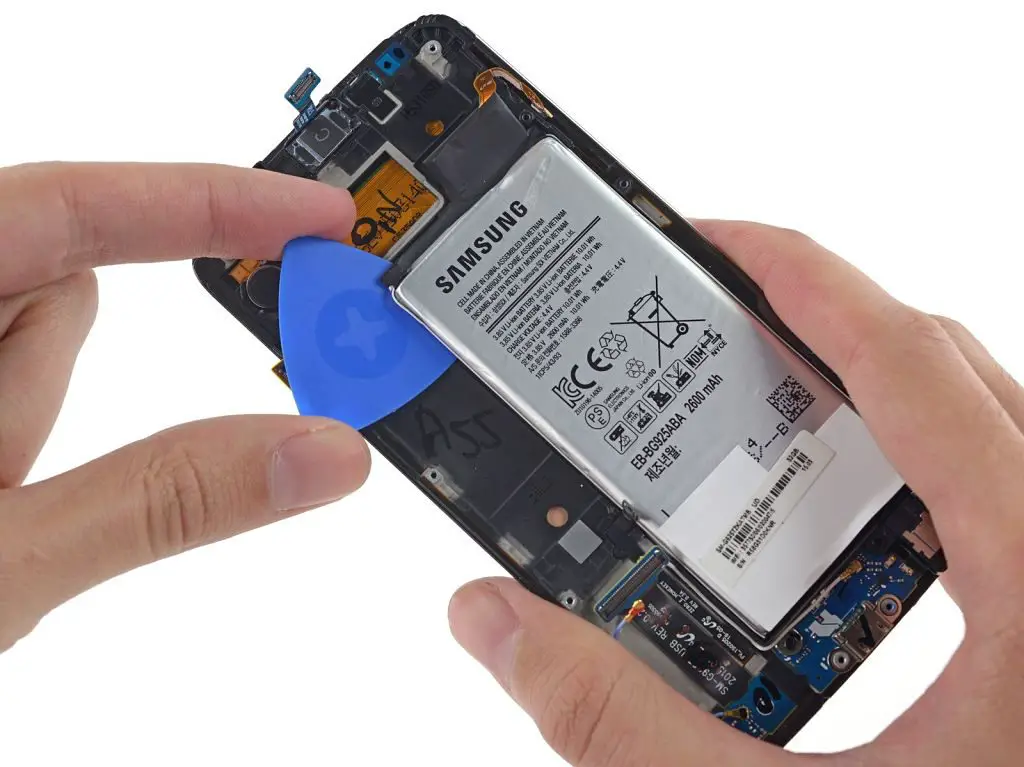After the Galaxy Note 7 battery debacle, the Korean manufacturer has been facing a lot of questions about the safety associated with its devices. Not only the users are concerned about the device safety but, they have also switched to other options in the same segment, leading to a huge loss of the company. So, to regain the trust of its customers, Samsung has followed a range of steps to ensure safety in its new flagships, the Galaxy S8 and S8+.
Reason Of Explosion Of Batteries
A battery usually bursts when it becomes red hot and smoke starts coming out, later it converts into flames and later what is left is a burnt battery. This was the issue associated with the Galaxy Note 7 and in order to ensure that does not happen with Galaxy S8, Samsung has conducted charge and discharge tests on 50,000 Galaxy S8 smartphones.
Measures Adopted By Samsung
Fortunately, the Galaxy S8 batteries are not experiencing the same problem and testing has become even more stringent from the manufacturer’s end. Not only this, Samsung claims that the adopted battery testing process is more stringent than the industry standards. If a particular battery comes out to be defective in a particular test then Samsung is returning the whole lot back to the supplier. Samsung conducts a controlled durability test in its Gumi factory where it assembles 1 million phones in a month.
Recommended: 8 Reasons Not To Buy The Samsung Galaxy S8
Even the manufacturer has lowered the capacity of the battery used in the Galaxy S8 and tweaked the chemistry to give a long lasting life. All these efforts are made to make the battery compatible to the Galaxy S8 with a curvy, 5.8-inch display. No matter how much loss the company has to bear due to Note 7, the stakes are still high for the company to prove that it can still produce the safest smartphones in the market.
Test Cycle
Among a range of tests conducted by Samsung engineers to ensure the safety associated with Galaxy S8 batteries, some of the prominent ones include durability test, compression test, heat test, X-ray test and leakage test.
Durability Test: In the durability test, the battery is punctured by a nail or exposed to extreme temperatures when it’s been overcharged.
Compression Test: Compression test is extended durability test in which only the battery on which pressure more than the threshold level was applied exploded.
Heat Test: In this batteries are baked at 130 degrees Celsius for 60 minutes or at 70 degrees Celsius for seven hours.
X-Ray: In this, testers physically observe the battery first and then put it under X-ray to determine any abnormalities.
Lead Test: In this, a bunch of batteries are disassembled and then an overall quality inspection is done. It is observed that whether there is a change in voltage or leakage in the manufacturing process.
Recommended: Samsung Galaxy S8, S8+ Launched In India Starting At Rs. 57,900
Longer Lasting Batteries
The initial development phase of Galaxy S8 was completed at the time of issues started occurring in the Note 7. But, it did not stop the company in making some significant changes in the latest flagship smartphone. Samsung lowered the capacity in the Galaxy S8 to 3,000 mAh and 3,500 mAh in the 6.2-inch display. This is lower than the S7 Edge which features a 3,600 mAh battery.
But, Samsung has focused on making the battery durable and withstand hundreds of charging cycles which might result into the claimed results. Samsung claims that the batteries of Galaxy S8 will hold the 95% of their original capacity after 2 years of usage. In most of the cases, the batteries hold just 80% capacity.
Accelerated Usage Test
There is an area in the Samsung’s factory which is walled off from the rest of the open area and in this particular are, Samsung runs a range of accelerated tests for its phones. From looking at everything to charging and discharging, to waterproofing, a phone undergoes rigorous steps. Android simulated tests are also conducted on the phone in which games like Angry Bird or loading videos on YouTube are executed. While using the phone, the temperature is recorded on the thermometer.
Overall, it takes five days for a phone to complete the Samsung’s accelerated usage tests. The test is conducted in parts and there is no way to speed up the process. The company is aiming to conduct testing of 100,000 units.
So, this was a brief of the measures adopted by Samsung to ensure that batteries used in Galaxy S8 are safe and secure to use. We hope all these measures will not let any other mishap to happen with the company’s next flagship. Let’s see how the phone performs in the market.





